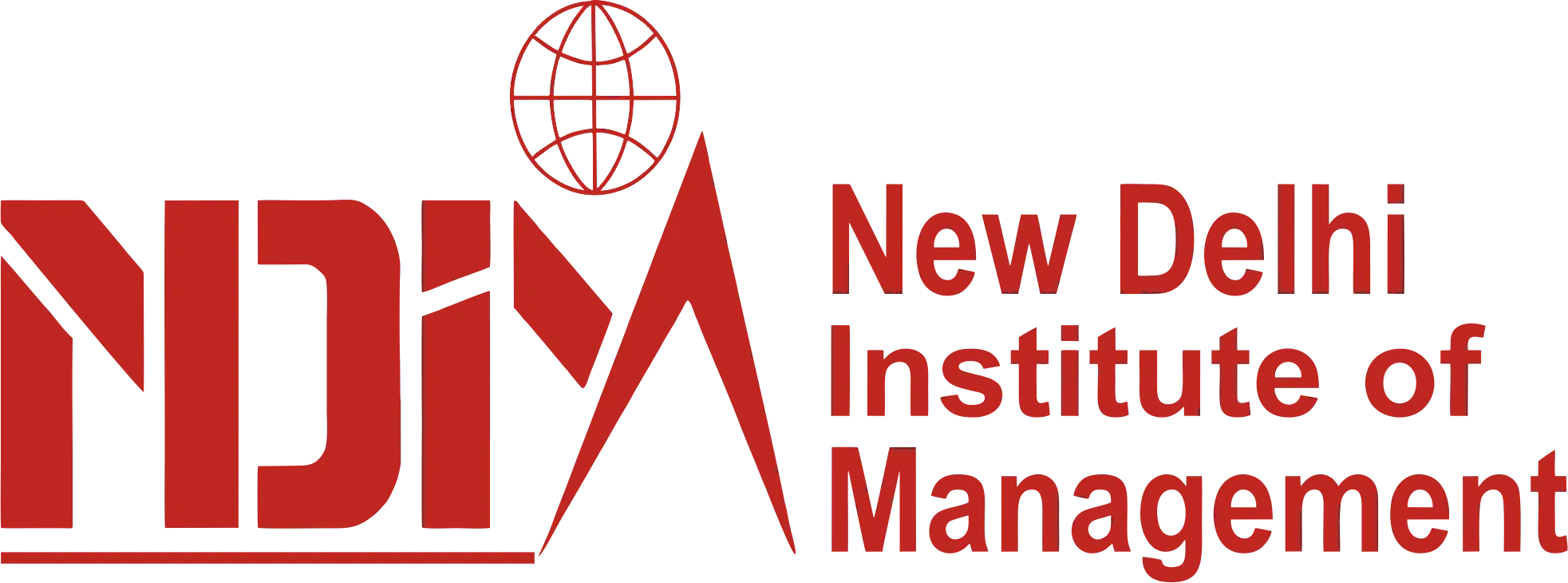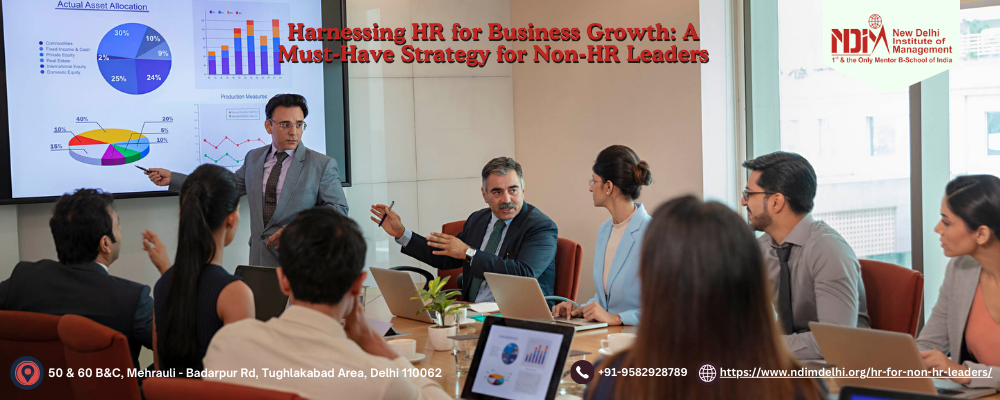Think about the last time you felt deeply engaged at work. Maybe it was a leader who trusted you with responsibility, a mentor who invested in your growth, or a culture that made you feel you belonged. Chances are, your performance improved, not because you were forced to, but because you genuinely wanted to.
That’s the quiet but powerful truth about HR: when people thrive, businesses thrive.
Yet too often, HR is reduced to paperwork, payroll, or “hiring and firing.” In reality, it’s a growth engine, one that drives revenue, productivity, and long-term resilience. And here’s the kicker: HR isn’t just HR’s job. Every leader, whether you’re a CEO, a sales director, an IT team leader, a finance manager, or a start-up founder, is shaping people strategy every day.
So, what does that look like in practice? Let’s break it down.
HR and Revenue: People Bring in the Numbers
Revenue may show up in financial statements, but its roots are human. Behind every sales target, marketing campaign, and product launch is a team of people making it happen.
- Hiring right fuels growth. A single high-performing hire can transform a team; a bad hire can set it back months.
- Retention protects profits. Replacing an employee can cost nearly two years of their salary. Keeping people motivated isn’t just good for morale—it’s good for the bottom line.
- Employee Engagement lifts performance. Engaged employees drive higher customer satisfaction and loyalty, which translates directly to revenue.
If leaders care about revenue, they can’t afford to overlook the human levers that generate it.
But hitting revenue targets is only one part of the story. Even the best hires and motivated teams can fall short if their efforts are scattered. That’s where productivity comes in.
HR and Productivity: Alignment Over Effort
We’ve all seen it: talented people working hard, but heading in different directions. Energy gets wasted, projects stall, and results suffer. That’s not a performance problem; it’s a strategy problem.HR brings alignment by ensuring:
- Clear roles and goals so people know what success looks like.
- Continuous learning so teams can adapt to new technologies and challenges.
- Culture as fuel: a culture of accountability and trust turns productivity into a collective rhythm instead of a personal struggle.
Productivity doesn’t come from pushing harder; it comes from pulling together. HR makes that possible. And when alignment is achieved, organizations are better equipped not only to perform today but also to withstand the uncertainties of tomorrow.
Long-Term Success: Building Organisational Resilience
Markets shift, technologies disrupt, leaders move on. What keeps an organization standing strong isn’t just its product or strategy, it’s its people ecosystem.
HR safeguards that resilience by:
- Developing leaders so tomorrow’s challenges don’t catch you unprepared.
- Championing diversity so ideas and perspectives stay fresh and relevant.
- Guiding change so employees embrace transformation instead of resisting it.
Sustainable growth comes from adaptability, and adaptability comes from people.
Resilience can’t just be engineered by the HR department. It requires every leader across the organization to play their part. After all, resilience is lived out not in policies but in daily leadership interactions—the moments when managers inspire, support, and guide their teams. That’s why the spotlight now shifts from HR alone to the broader role of leaders.
Application Invited for PGDM 2026-28 at NDIM
Why Non-HR Leaders Need People Management Skills Too?
For most employees, their daily “HR” isn’t the HR department, it’s their manager. The way leaders lead has more impact on engagement, retention, and culture than any policy ever could.
- Employees leave managers, not companies. Leadership behavior is the #1 driver of retention.
- Finance, operations, and strategy all hinge on people’s decisions. Understanding workforce dynamics leads to smarter, more balanced choices.
- Startups and SMEs especially: Founders who get people strategy wrong burn out teams before they scale.
Leadership without people skills is like strategy without execution; it simply doesn’t work. So how can organizations turn this insight into action? By reimagining HR as a true growth engine.
Turning HR into a True Growth Engine
Moving beyond “HR as admin” to “HR as a growth strategy” requires a shift in mindset and practice:
- Bring HR to the decision table. Don’t finalize strategy without the people’s perspective.
- Use data wisely. Link HR metrics (turnover, engagement, skills gaps) to business outcomes.
- Upskill all leaders in people management. Coaching, feedback, and empathy should be core leadership skills.
- Design employee experiences, not just jobs. From onboarding to development, make the journey meaningful.
- Invest in learning cultures. Skills are the currency of future growth; help your people keep theirs fresh.
Final Word: The People Dividend
At its core, business is human. Behind every spreadsheet, market expansion, or investor pitch are people whose energy, creativity, and commitment fuel success.
When leaders treat HR as a growth engine, not a back-office function, they unlock the People Dividend: higher revenue, stronger productivity, and the resilience to thrive in uncertain times. Because in the end, strategy may set the direction, but it’s people who make the journey possible.
Learn More about NDIM’s Online Certificate Programme on HR for Non-HR Leaders


